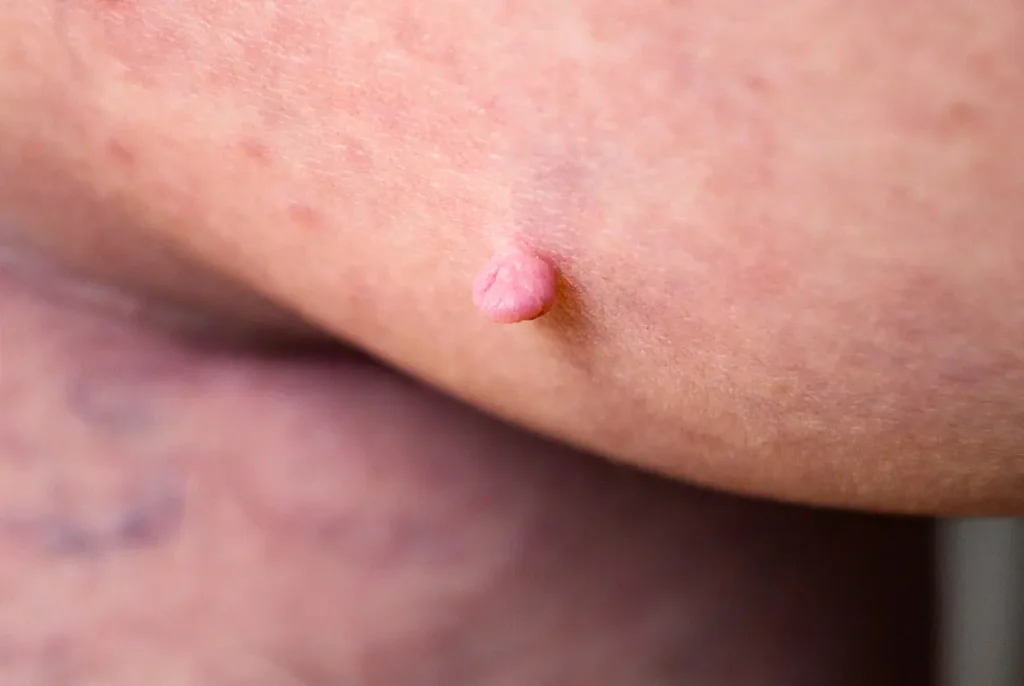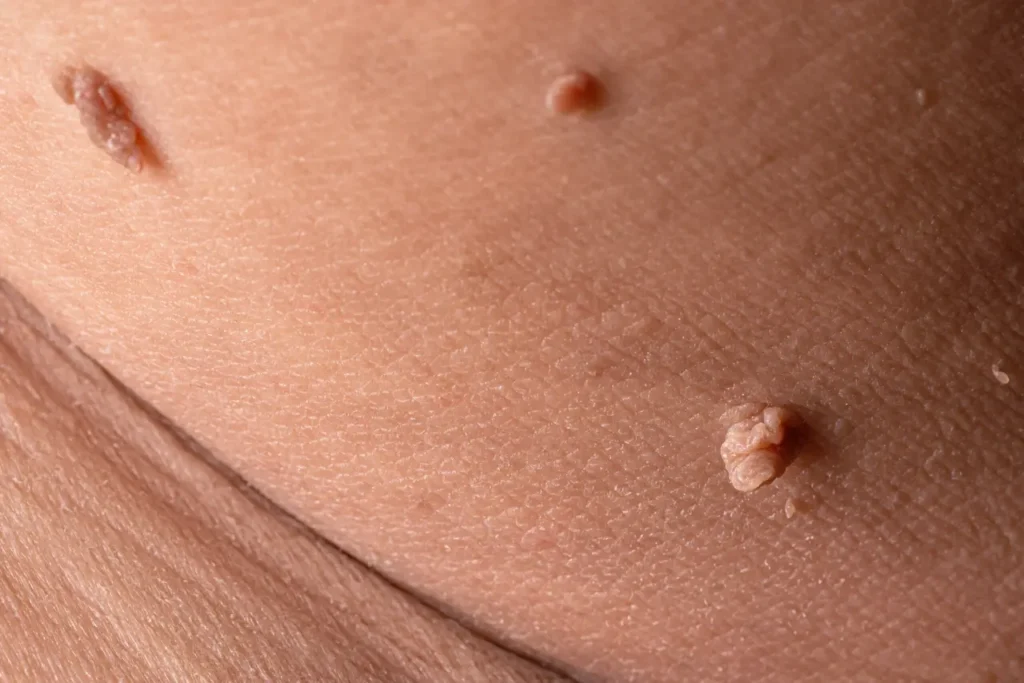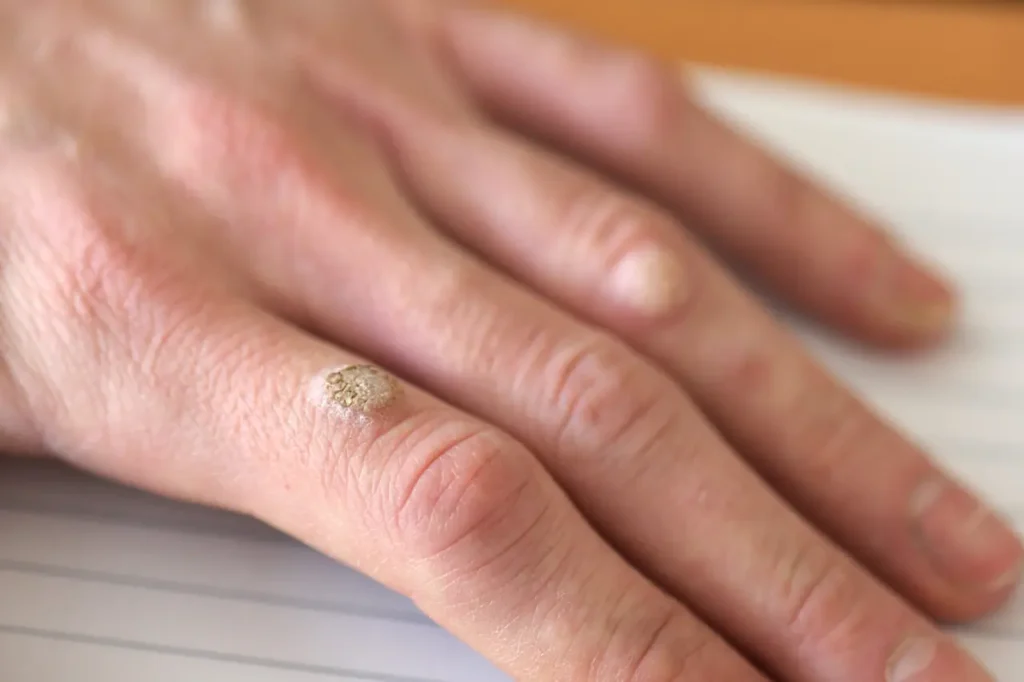- | Suite 3, 351 London Road, Hadleigh SS7 2BT
- | 01268 206408
- | BOOKING@GPHEALTHCAREALLIANCE.CO.UK
- | Mon - Fri 9:00 - 17:00 | Sat 9:00 - 17:00 | Sun - Closed
A face to face consultation with a clinician to discuss your needs
One Tag treatment
*Each visit is charged at £30 plus the cost of the treatment
One Wart treatment
*Each visit is charged at £30 plus the cost of the treatment
One Verruca treatment
*Each visit is charged at £30 plus the cost of the treatment
We can treat up to 5 lesions per session, some lesions require a course of 6 weeks
Introduction on how we treat skin tags and verrucas

Skin tags are small growths that hang off your skin. They’re common and harmless, but can be removed if they’re bothering you.
Skin tags are small, soft skin coloured growths on your skin. They can vary in colour and size – from a few millimetres up to 5cm wide.
Skin tags are usually found on the neck, armpits, around the groin or under the breasts. They can also grow on the eyelids or under the folds of the buttocks.
They can look like warts, but skin tags are usually:

Do not try to remove a skin tag without speaking to a GP first. If you have a skin tag that’s causing problems, consider making an appointment with a privately practising GP to have it removed.
Skin tags can easily be burnt or frozen off in a similar way to how warts are removed. They can also be surgically removed, sometimes using local anaesthetic.
Freezing or burning skin tags can cause irritation and temporary skin discoloration, and the skin tag may not fall off and further treatment may be needed.
Surgical removal has the advantage of removing the skin tag completely, but there is a risk of minor bleeding.
If your skin tag is small with a narrow base, your GP may suggest that you try to remove it yourself.
For example, they may suggest tying off the base of the skin tag with dental floss or cotton to cut off its blood supply and make it drop off (ligation).
Skin tags are made of loose collagen fibres and blood vessels surrounded by skin. Collagen is a type of protein found throughout the body.
Both men and women can develop skin tags. They tend to occur in older people and people who are obese or have type 2 diabetes.
Pregnant women may also be more likely to develop skin tags as a result of changes in their hormone levels. Some people develop them for no apparent reason.
Skin tags tend to grow in the skin folds, where the skin rubs against itself, such as on the neck, armpits or groin. This is why they tend to affect overweight people who have excess folds of skin and skin chafing.

Skin tags are harmless and do not usually cause pain or discomfort.
However, you may consider having skin tags removed if they’re affecting your self esteem, or if they snag on clothing or jewellery and bleed. You’ll usually need to pay to have this done privately.
This is because skin tag removal is regarded as cosmetic surgery, which is rarely available through the NHS. Cosmetic surgery is usually only available on the NHS if the problem is affecting your physical or mental health.
Sometimes, skin tags fall off on their own if the tissue has twisted and died from a lack of blood supply.

Warts and Verrucas are small lumps on the skin that most people have at some point in their life. They usually go away on their own but may take months or even years.
Warts do not cause you any harm, but some people find them itchy, painful or embarrassing. Verrucas are more likely to be painful – link standing on a needle.
Information from the NHS website is licensed under the Open Government Licence v3.0.
If you have warts, verrucas or skin tags that are bothering you, contact us today